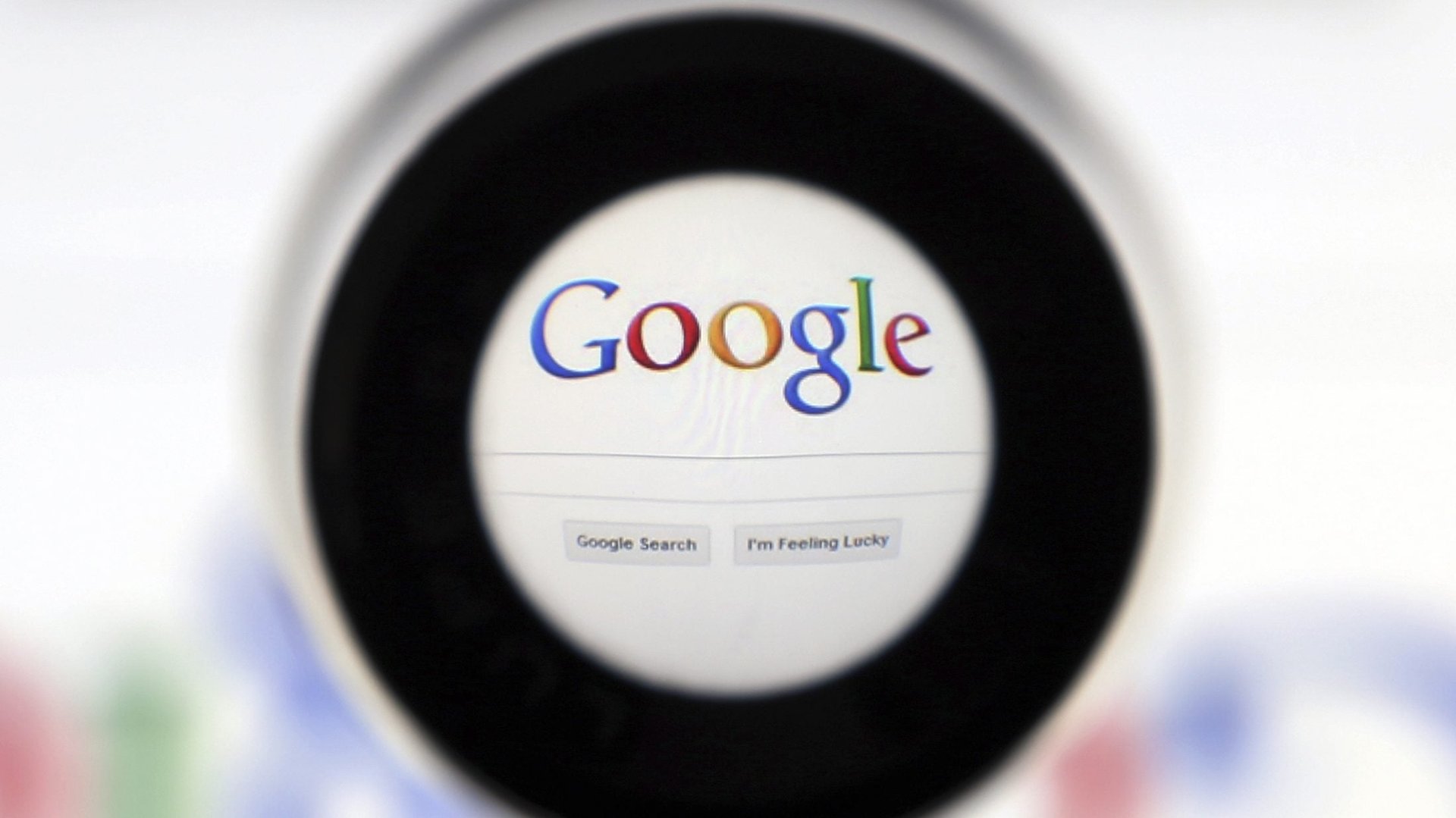Brits are turning to Google because they find new coronavirus guidelines confusing
Prime minister Boris Johnson’s May 10 address to the British public turned out to be a bit of a communications mess. The 14-minute speech was meant to simply announce new, mostly small changes to the lockdown in England that has been in place since March 23. It appears to have left many Brits with more questions than it answered.


Prime minister Boris Johnson’s May 10 address to the British public turned out to be a bit of a communications mess. The 14-minute speech was meant to simply announce new, mostly small changes to the lockdown in England that has been in place since March 23. It appears to have left many Brits with more questions than it answered.
Google searches about whether people could now visit their family spiked 100-fold the hour Johnson addressed the nation at 7pm on Sunday night. Queries about how often people could exercise also shot up, though by a slightly smaller margin.
The biggest sources of confusion probably relate to timing and details. Johnson encouraged people who are unable to do their jobs from home to go into work possibly as early as the next morning. He also didn’t spell out rules about the thing on most people’s minds: what kind of socializing would be permitted?
One part of the speech was a bit strange. As many Twitter users pointed out, Johnson unveiled a Covid-19 alert level formula that was based on adding together the rate of infection (0.7 is the estimated midpoint) and the number of infections. That would equate to 224,332.7 based on data today from the John Hopkins tracker.
Foreign secretary Dominic Raab held a series of media interviews the following morning where he discussed the new rules. But Raab gave conflicting advice to different TV stations, in one case saying people could not meet family members outside their household, but in another that it was permitted if physical distancing was practiced.
After that, the government published its 51-page guidance (pdf) Monday afternoon, which spelled out a three-step roadmap about how the UK could get everyday life back to as it was before the pandemic. Some observers argued that releasing the document ahead of Johnson’s address would have avoided much of the mix-up.
Yet there seems to be a wider concern beyond how the new measures were presented. While Brits appear evenly split on whether they agree with the changes to the lockdown, according to a YouGov survey out this week, only 30% of them understand what the new “Stay alert, Control the virus, Save lives” messaging means.
The previous slogan, which told people to “stay home,” was understood by more than nine out of ten Brits. Scotland, Wales, and Northern Ireland have decided to stick with that approach.